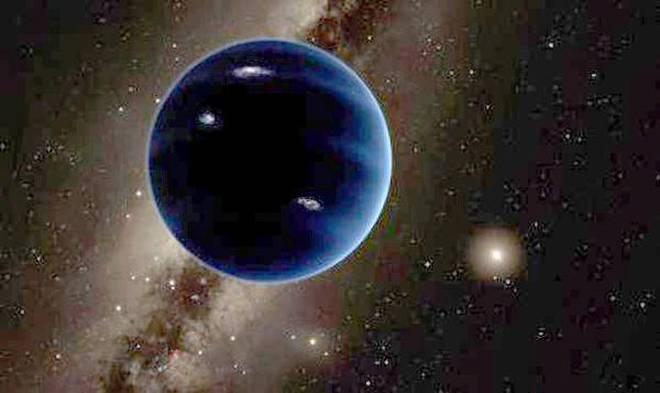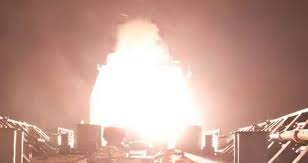Planet Nine does exist in solar system: NASA
Tue 17 Oct 2017, 12:38:49

The elusive 'Planet Nine' does exist, and may be 10 times the mass of the Earth and 20 times away from the Sun than Neptune, NASA scientists say.
Planet Nine could turn out to be our solar system's missing 'super Earth' - a planet with a mass higher than the Earth's, but substantially lower than the masses of ice giants Uranus and Neptune.
The signs so far are indirect, mainly its gravitational footprints, but that adds up to a compelling case, they said."There are now five different lines of observational evidence pointing to the existence of Planet Nine," said Konstantin Batygin, a planetary astrophysicist at California Institute of Technology (Caltech) in the US.
"If you were to remove this explanation and imagine Planet Nine does not exist, then you generate more problems than you solve. All of a sudden, you have five different puzzles, and you must come up with five different theories to explain them," said Batygin.
Six known objects in the distant Kuiper Belt, a region of icy bodies stretching from Neptune outward towards interstellar space, all have elliptical orbits pointing in the same direction, researchers said.
However, these orbits also are tilted the same way, about 30 degrees "downward" compared to the pancake-like plane within which the planets orbit the Sun, they said.Computer simulations of the solar system with Planet Nine included show there should be more objects tilted with respect to the solar plane.
The tilt would be on the order of 90 degrees, as if the plane of the solar system and these objects formed an "X" when viewed
edge-on.
edge-on.
Caltech graduate student, Elizabeth Bailey, showed that Planet Nine could have tilted the planets of our solar system during the last 4.5 billion years.
In the study published in the Astronomical Journal, researchers wondered why the plane in which the planets orbit is tilted about 6 degrees compared to the Sun's equator."Over long periods of time, Planet Nine will make the entire solar-system plane precess or wobble, just like a top on a table," Batygin said.
The last telltale sign of Planet Nine's presence involves the solar system's contrarians: objects from the Kuiper Belt that orbit in the opposite direction from everything else in the solar system, researchers said.
Planet Nine's orbital influence would explain why these bodies from the distant Kuiper Belt end up "polluting" the inner Kuiper Belt, they said.
"No other model can explain the weirdness of these high-inclination orbits," Batygin said.
"It turns out that Planet Nine provides a natural avenue for their generation. These things have been twisted out of the solar system plane with help from Planet Nine and then scattered inward by Neptune," said Batygin.
"The possibility of a new planet is certainly an exciting one for me as a planetary scientist and for all of us," said Jim Green, director of NASA's Planetary Science Division."This is not, however, the detection or discovery of a new planet," said Green.
"What we're seeing is an early prediction based on modelling from limited observations. It's the start of a process that could lead to an exciting result," he said.
No Comments For This Post, Be first to write a Comment.
Most viewed from Specials
Most viewed from World
AIMIM News
Latest Urdu News
Most Viewed
May 26, 2020
Do you think Canada-India relations will improve under New PM Mark Carney?
Latest Videos View All
Like Us
Home
About Us
Advertise With Us
All Polls
Epaper Archives
Privacy Policy
Contact Us
Download Etemaad App
© 2025 Etemaad Daily News, All Rights Reserved.










































